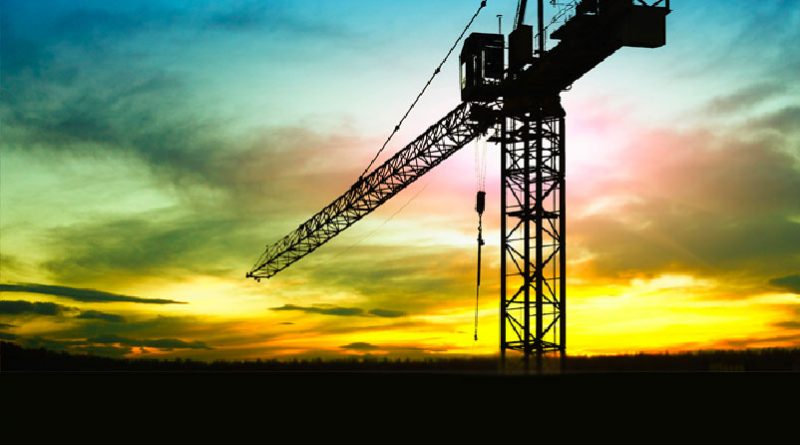Housing activity boosted construction sector growth pre restrictions
The Ulster Bank Construction Purchasing Managers’ Index® (PMI®), a seasonally adjusted index designed to track changes in total construction activity, posted 52.3 in December, down from 53.5 in November but above the 50.0 no-change mark for the second month running to signal a further rise in activity.
Index readings above 50 signal an increase in activity on the previous month and readings below 50 signal a decrease. Where output increased, panellists linked this to improving demand, though there were continued reports of disruption caused by the COVID-19 pandemic.
Commenting on the survey, Simon Barry, Chief Economist Republic of Ireland at Ulster Bank, noted that: “The latest results of the Ulster Bank Construction PMI survey show a second consecutive monthly rise in Irish construction activity in December as the sector closed out 2020 in expansion mode, albeit at a slightly slower pace compared to November. Respondents reported particular strength in Housing activity where a third successive monthly increase saw its index pick up to a five-month high, with a Housing PMI reading of 56.2 signalling a sharp increase in residential activity last month. Meanwhile, the Commercial PMI dipped back below 50 last month as respondents reported a modest late-year contraction in commercial activity.
“New business continued to grow at a solid, though slower, rate in December, with a number of respondents linking this rise to strong housing demand. Gains in actual and prospective activity have also underpinned rising demand for construction workers, with the rate of job creation picking up to a 1½ year high.
“Moreover, optimism about the year ahead improved further last month as sentiment rose to its highest level since February 2020. But while vaccine roll-out plans continue to underpin confidence about medium-term recovery prospects, this week’s further significant tightening of public health restrictions, including a closure of most construction work until at least the end of January, represents a major setback for the wider Irish economy and the construction sector itself, which look set to start 2021 on a weak footing.”
Overall growth driven by housing work
A sharp and accelerated rise in housing activity was behind the increase in total construction work in December. Activity on residential projects expanded to the greatest extent since July and at one of the fastest rates in the past year-and-a-half. Elsewhere, commercial activity decreased fractionally and civil engineering work continued to fall.
Further increase in new business
New orders rose for the third month running, and at a marked pace that was only slightly slower than November’s 19-month high. Anecdotal evidence often linked improving new orders to stronger demand for housing work.
Job creation at 18-month high
Rising workloads led to further job creation in the sector. Employment increased to the greatest extent since June 2019.
Greater demand was also partly behind a sharp rise in purchasing activity, with stockpiling ahead of the end of the Brexit transition period also a factor. This increasing demand for inputs imparted pressure on supply chains, which suffered from substantial disruption in December. Issues at UK ports were also mentioned as contributing to the greatest lengthening of suppliers’ delivery times in more than 20 years of data collection, except for during the first COVID-19 lockdown in spring 2020.
The rate of input cost inflation remained sharp, despite easing to a four-month low, amid higher raw material prices.
Confidence in the 12-month outlook for activity strengthened for the third consecutive month, improving to the highest since February, just prior to the COVID-19 outbreak. Optimism was supported by positive signs in the housing sector and hopes of a return to normal conditions over the course of 2021. Around one-third of respondents predicted an increase in activity, while less than one-in-ten were pessimistic.

